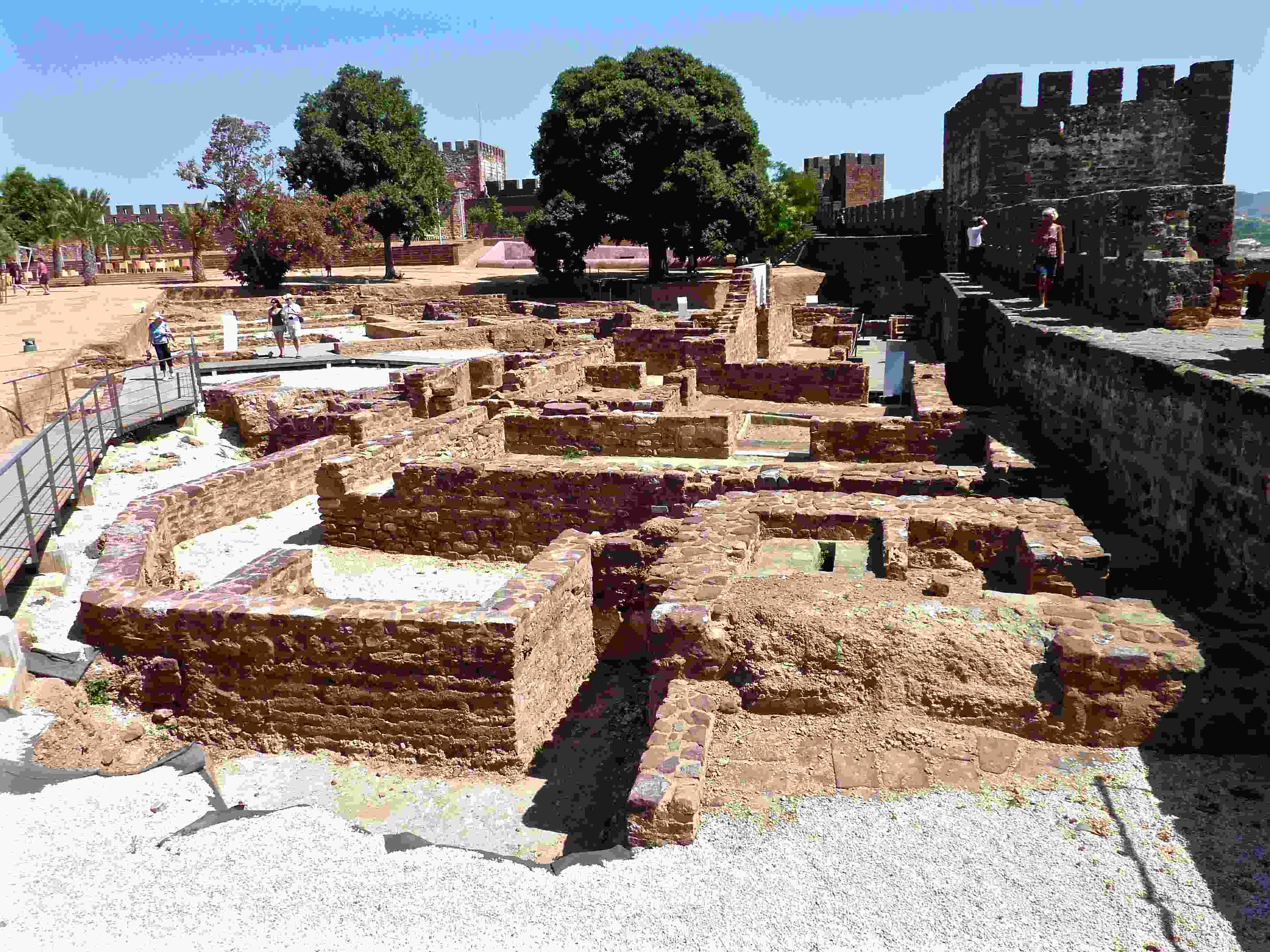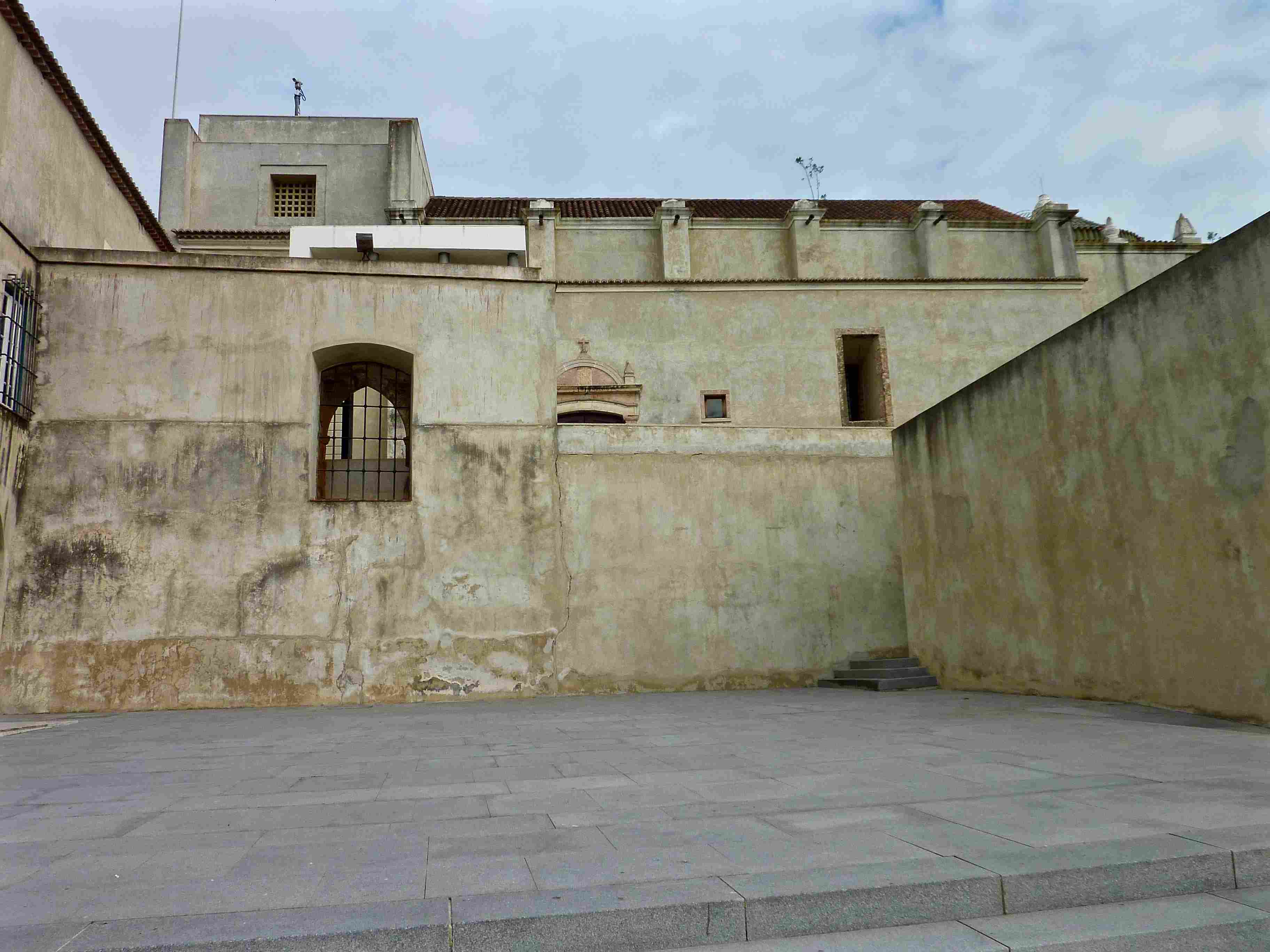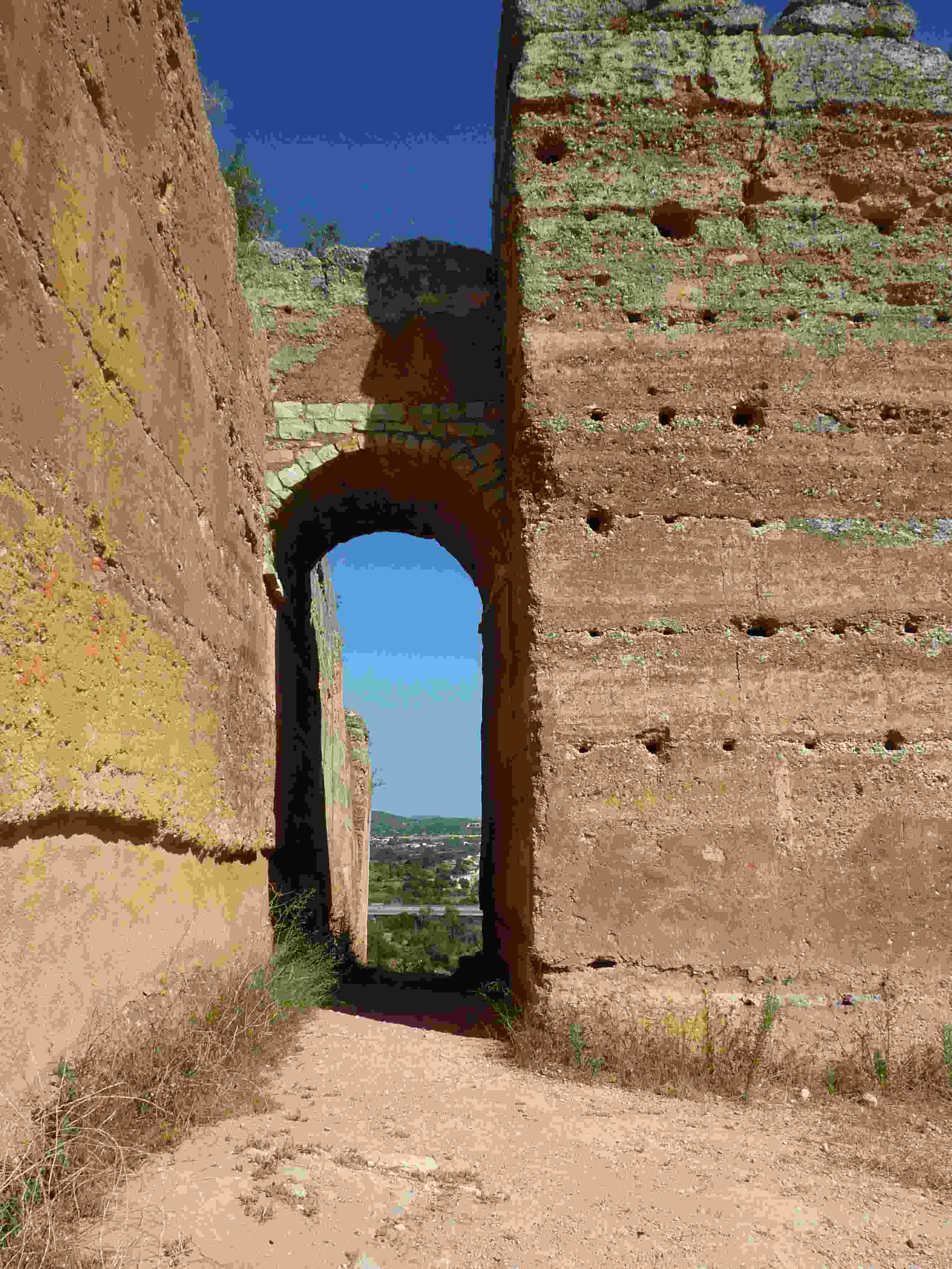Lynne Booker
Within 130 years of the birth of Mohammed, the first Jihad had extended Muslim control from the Middle East, across North Africa to include nearly all of the Iberian Peninsula. Three different Muslim dynasties ruled Iberia for over 700 years before they were finally ousted from Granada by Christian crusaders. In the west of the peninsula, the Portuguese with help from the second crusade had conquered Lisbon in 1147 and elements of the third crusade called at Lisbon in 1189 on their way to the Holy Land. D Sancho I agreed terms with them for the conquest of Silves, the capital of the western Algarve hidden on the southern side of the Serra de Monchique. At last there occurred the possibility of a bastion of Christianity in the far south of the peninsula.

Portuguese troops joined the 3500 German, Flemish and English crusaders who took the fort at Alvor before sailing up the River Arade to begin the siege of Silves on 20 July, 1189. By 18 August that year, the defenders were dying of thirst and the attackers were running out of food. D Sancho persuaded the crusaders to make a last effort to take the city and Silves finally surrendered on 3 September, 1189. The king honoured his promises to let the defenders go free, and to allow the crusaders to take the movable loot. The king retained the town of Silves, its castle and its nine supporting fortlets and (prematurely, as it turned out) he added to his title King of the Algarve. Having conquered the city, the Christians found holding on to it much more difficult, although in 1190 the first Muslim counter-attack on Silves was repulsed.
The Emir, Yacub Yusuf al Mansur, was so upset at the loss of his capital of the Western Algarve that he declared a jihad. As a part of his strategy, he carried the counter-attack to the gates of Lisbon in 1191 and took the castle at Alcácer do Sal. Having prevented any kind of Christian reinforcement from the north, later in the same year the Emir´s forces also overcame Silves.

There were poor harvests in the years 1210 - 1217 and the consequent rise in prices fatally weakened the Almohad power base. The Muslims found that the fortress at Alcácer do Sal was too far north to be supported and it was lost to Christian forces in 1217. D Afonso II entrusted this border fort and the gateway to the south to the military order of Santiago.
In the first decades of the thirteenth century the Portuguese monarch, D Sancho II, was preoccupied with a disagreement with his own clergy and with the Pope. He found time however for the reconquest of Serpa, Moura and Mértola. D Sancho II bestowed the castle at Mértola on D Paio Peres Correia, Comendador of the Order of Santiago at Alcácer. Although D Sancho II took Aiamonte in 1238 (yes, Ayamonte was once Portuguese) and for a brief moment even Cacela Velha, continuing difficulties with the clergy prevented him from concentrating an attack on the capital of the Muslim Algarve at Niebla. The Emir of Niebla engineered some self protection by offering his kingdom of the Algarve as a fief to Afonso X of Castile. The whole of the Algarve, from Niebla to Cape St Vincent, was therefore potentially Spanish.

Under D Paio Peres Correia, the knights of Santiago planned an attack on the Algarve. They quietly crossed the Monchique hills at night in 1238 and surprised the fortlets at Estômbar and Alvor and began to harass the market gardens which supplied the castle at Silves. The Emir asked for a truce and agreed to swap the two fortlets of Estômbar and Alvor for that at Cacela (nowadays Cacela Velha). The Santigao knights were content with this exchange because they were regaining Cacela, which they had previously been unable to hold.
From Cacela, D Paio plotted a daring raid on the central Algarvian castle of Paderne, but the Santiaguistas failed in their siege. Determined to put an end to this Christian menace, the Muslim citizens of Faro, Loulé and Tavira ambushed the Santiago knights as they were returning from Paderne to Cacela. They attacked twice, first at Desbarato (between São Brás and Santa Catarina) and second at Almargem near Tavira, where the Christians held out atop a hill at Fonte Salgada, and the hill is called still Cerro do Mestre. They were relieved only when their colleagues from Cacela galloped to the rescue. The Muslims of Tavira then asked for a truce so that they could gather in their harvest. It was during the truce that six knights decided to go hunting at Antas (nowadays Pedras d´El Rei), and to get there, they rode across the Roman bridge and straight through Muslim Tavira. This cavalcade so scandalised and insulted the Muslim population that they rushed out in a body to attack the hunters and eventually overcame and killed them. The enraged D Paio was too late to save his knights but pursued the Muslim crowd to Tavira and, in the melée, the Santiago knights forced their way through the gates. The Christians suddenly found that they were in control of the city. It is often shown that the conquest of Tavira took place in 1242, but recent research shows that D Paio was in Spain during that year. Far more likely is the date of 1239, as shown above, to which date Alexandre Herculano attributed this feat in his História de Portugal of 1846.

D Paio Peres Correia left the Algarve in 1240 to join the king of Castile in the reconquest of Murcia and parts of Andalusia. In 1242 he became Grand Master of the Order of Santiago and he was regarded as much as a bogeyman for Muslim children as Napoleon was much later for British children. At the Battle of Tentúdia (1248), he was credited with stopping the sun´s progress so that the Christians would have enough daylight to finish off their Moorish opponents.
The Santiago knights later tried their hands again at putting Paderne under siege. The Emir of Niebla (now at Silves) allowed himself to be drawn by a feint towards Estômbar at which the Santiaguistas abandoned the siege of Paderne and made straight for Silves, where they occupied the gateways to the city. On the bloodiest day of the Reconquest, the Christian knights held the returning Emir´s forces outside the city walls while simultaneously fighting the citizen defenders within the walls. Realising that he had been hoodwinked and that all was lost, the Emir fled via Monchique to Niebla. His Muslim subjects holding out in the citadel saw that they had been abandoned and quickly surrendered.
The remaining Muslim cities of Faro, Loulé and Albufeira joined the Moroccan Marinid Empire, hoping for support by sea from their Muslim co-religionists in Morocco. Their respite was to be brief, for D Afonso III hurried to complete the conquest of the Algarve. He deposed his brother D Sancho II, who conveniently died in 1248. Now legitimately king of Portugal, D Afonso with D Paio Peres Correia made short work of completing the reconquest of Faro and 60 years after D Sancho I´s first claim to the title, D Afonso III could truly call himself King of Portugal and the Algarve. D Paio Peres Correia moved on Loulé and immediately after its surrender, on to Aljezur. The king said that it saddened him that so many knights were perishing in the struggle. D Paio answered that there was no great harm, since they died in the service of God and to save their souls.
D Paio is unusual in that he has two tombs, one in Tavira and one in Tentúdia in Spain, and the observant tourist may see his image on the south-west corner of the Paços do Concelho in Tavira. D Afonso III stands outside the Archaeological Museum in Faro, and D Sancho I guards the entrance to the Castle in Silves. The three main architects of the Reconquest are thus honoured in similar ways. The Christian Reconquest was complete in Portugal by 1249, but not until 1492, 243 years later, did Castile complete the Reconquest of Spain.
